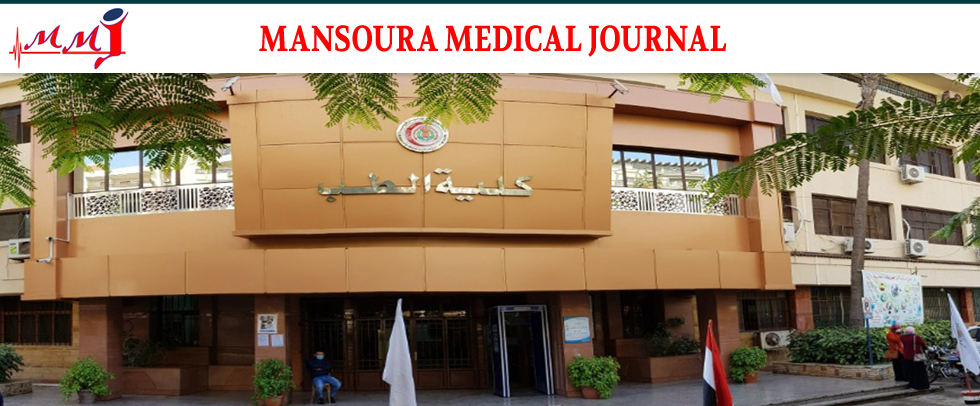Subject Area
Endocrinology
Article Type
Original Study
Abstract
Background: Lipiodol is one of the most used oil-soluble contrast media (OSCM) for hysterosalpingography (HSG). Particularly concerning are its long t1/2 in tissue (50 days) and high iodine concentration (480 mg/ml). Such high iodine content can cause either Wolff-Chaikoff effect (WCE) or hyperthyroidism (Jod-Basedow phenomena (JBP)), in particular in those who have pre-existing Graves' disease or multinodular goiter. Urografin is an ionic water-soluble contrast medium (WSCM) having lower iodine concentration (300 mg/ml). Our study aimed to evaluate the short-term influence of Urografin for HSG on thyroid function. Patients and Methods: Our study is a prospective one enrolling 49 women over the age of 18 "with no history of thyroid disorders," all of whom were assessed with HSG for either primary or secondary infertility at Mansoura University's fertility unit clinic. Before the HSG process, the TSH levels of each participant were measured. The effect of Urografin on the thyroid profile was evaluated by monitoring TSH one month after the HSG operation. Results: The study enrolled 49 patients, with a mean of age 28.82±6.81 years. 25 (51%) of those individuals had primary infertility, while 24 (49%) had secondary infertility. Pre-HSG median TSH was 2.54 mIU/L (0.7-5.2 mIU/L), and post-HSG (1 month later) median TSH was 2.52 mIU/L (1.0-4.7 mIU/L), with a 0.7% decrease that was not statistically significant (P=0.672). Conclusion: Urografin-based HSG had no significant influence on maternal TSH in this short-term study.
Recommended Citation
Roshdi, Mohamed; Menayyer, Ahmed Mahmoud El; and ELbialy, Aya Mohamed
(2025)
"Short-term effect of water-soluble iodinated contrast “urografin” used for hysterosalpingography on thyroid profile,"
Mansoura Medical Journal: Vol. 53
:
Iss.
3
, Article 4.
Available at:
https://doi.org/10.58775/2735-3990.1429
Creative Commons License

This work is licensed under a Creative Commons Attribution 4.0 International License.



